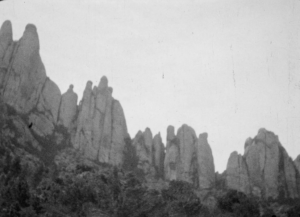
(Catalan): Film a mig camí entre el film d'argument (un pelegrí cec marxa amb els peus descalços fins a Montserrat, acompanyat d´un nen, i quan hi arriba es produeix un miracle i recupera la vista) i el film documental (escenes diverses de Montserrat i els diferents mitjans de transport per arribar-hi: cotxe, carrilet, cremallera i funicular, etc.).
Film devoted to the famous Montserrat mountain in Catalonia that blends fiction (a blind pilgrim walks barefoot to Montserrat, accompanied by a child, and when he arrives a miracle occurs, and he regains his sight) and documentary styles (various scenes from Montserrat and the different means of transport to get there: car, rail, rack and funicular, etc.). [Description from the Filmoteca de Catalunya catalog]
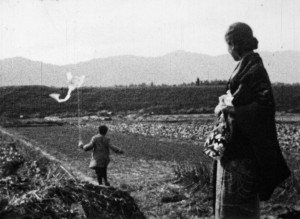
‘Ayako prays at the grave of her brother. Returning home, she helps Seizo - her late brother's young friend - to release his kite caught in the trees; an interlude that restores memories of the departed. Rural life and customs and the special delights of childhood are skilfully conveyed’ (EAFA Database).
Referred to "Sister and Brother" in 1932 American Cinematographer competition.
"Documentary on the Auxiliary Air Force 600 (Bomber) Squadron in training at RAF Tangmere." (EAFA Database)
"A puppet animation telling the story of Little Mutz, who, after his morning exercises, sets out in his sports car, leaving behind his father who is only interested in his newspaper and their black manservant who plays the banjo and dances. The car falls into a ravine but Mutz, unhurt, tackles the crocodile which then approaches, running it through with his sword. An ape-like, smoke-breathing monster - Nasobem - appears and after dispatching it in a like manner, Mutz returns home. In the next adventure, Mutz rockets into space and lands on Planet X. He finds he is the same size as Annett a porcelain model dancer. At midnight she comes alive and dances to his delight but falls from the shelf and shatters on the floor and Mutz walks off dejected." (EAFA Database)
An artistic interpretation of various natural environments.
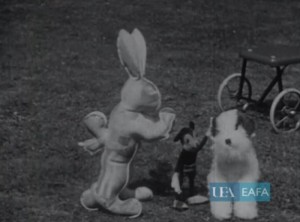
"A record of the second birthday of June Thubron. The spontaneous actions of a little girl on finding her birthday presents. A record of her actions without any adult direction. The little girl plays with her birthday presents on the lawn and also waters flowers in the garden before falling asleep. In a stop-frame animated sequence subtitled 'Dreamland' towards the end of the film, her new toys come alive." East Anglian Film Archive.
"Several people, differing widely in age and character, and all requiring a quiet break, rent a country cottage, 'Resthaven'. Due to a booking mix-up, they arrive at the same time. A storm, a surly caretaker and smuggling activities cause further complications before all is happily resolved for the visitors." (EAFA Database)
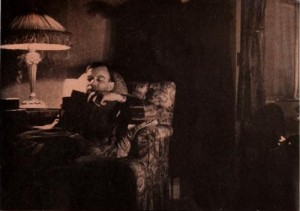
"Among the ten best, The Last Entry, running seven reels 16mm., is one of the most ambitious amateur photoplays ever undertaken and completed. The plot, requiring many elaborate interior sets, is based on a mystery story that opens with a house party. While a room is darkened for the projection of amateur films, one of the guests is murdered and all present may be suspected equally. The detective handling the case uncovers the fact that the murdered man, an author, has lived on blackmail effected by threats of exposure through publication, which throws suspicion on several of the guests of the house party who were discovered to be his victims. However, in the end, the murder is solved by screening the same pictures that were on the projector when it was committed. Although this plot offered great difficulties in the direction of large group scenes, the creation of the necessary lighting effects and the interpretation of the actors' roles, it is beautifully and suavely handled. In the film are several lighting treatments that may be listed as among the most effective ever achieved by amateurs. One chase sequence staged through long corridors, a large, dimly lighted attic and on the roof of the mansion at night in the rain, can be likened only to the effects secured in the best professional mystery photoplays. James F. Bell, jr., ACL, was director with Charles H. Bell, ACL, and Benjamin Bull, jr., ACL, cameramen and Lyman Howe, ACL, in charge of lighting." Movie Makers, Dec. 1932, 537-538.
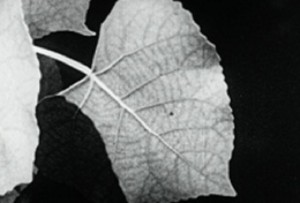
"Portrait of a Young Man, by Henwar Rodakiewicz, ACL, is a triumph of fine photography and sensitive imagination. Abstract in treatment, and speaking through delicately rhythmed scenes of smoke, leaves, grasses, the sea, machinery and the heavens, this film is an attempt to portray in graphic terms a young man's reactions to the beauty, force and mystery of the natural world. In producing the final three reel version, Mr. Rodakiewicz has filmed deliberately toward the one end for more than three years and in many different locales. Although using largely material to be found in nature, he has so transmuted it, by the creative artistry of his selection and control, as to get from each selected scene, not a mere reproduced likeness, but a trenchant and symbolic image. Portrait of a Young Man is beautiful, exciting, workmanlike and distinguished." Movie Makers, Dec. 1932, 538.
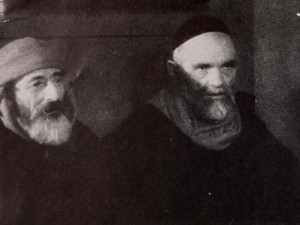
"Lot, two reels 35mm., produced by Dr. James S. Watson, jr., ACL, and Melville Webber, may be said to be as much of an advance in motion picture technique over Fall of the House of Usher, their earlier production, as that film was an advance over standard professional cinematography. There are very few cinematographers in the world who have devoted the whole of their efforts to experimentation with the motion picture as an art medium and, in the opinion of Movie Makers' staff, there is none who has achieved the signal results of these two. Lot represents a complete innovation, not only in the treatment of the theme as a whole, but in the cinematic interpretation of the sequences. In it, the familiar tools of the advanced cinematographer, multiple exposure, trick printing, complicated lighting, symbolism, models and models in combination with life size sets are used to secure an entirely new and very beautiful cinematic representation of the Biblical story. In Lot these two amateurs have mastered the world of illusion of the motion picture but, in doing so, they have produced more than a mere novelty; they have founded a new cinematic art." Movie Makers, Dec. 1932, 538.
An avant-garde retelling of the biblical story of Lot and the destruction of Sodom (from the Book of Genesis, chapters 17-19), this film was controversial for its nudity and homoerotic overtones. (D.J. Duffy)
Total Pages: 299